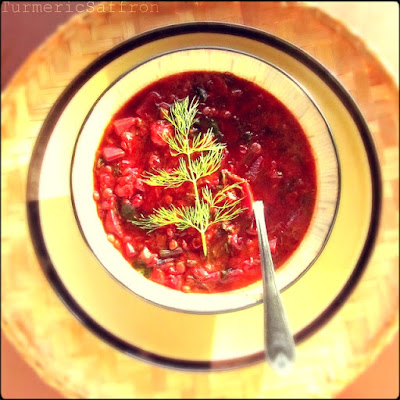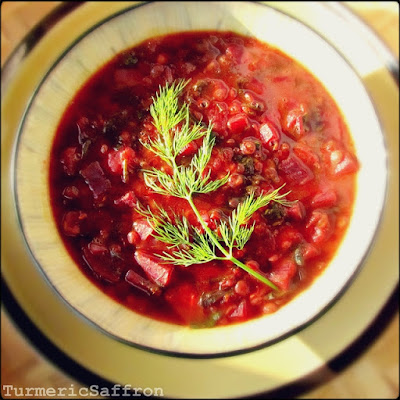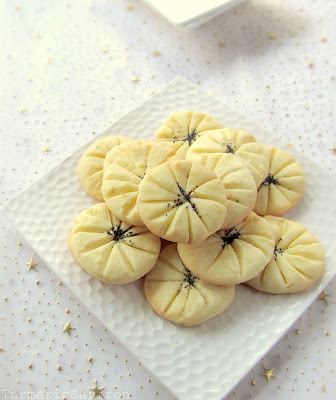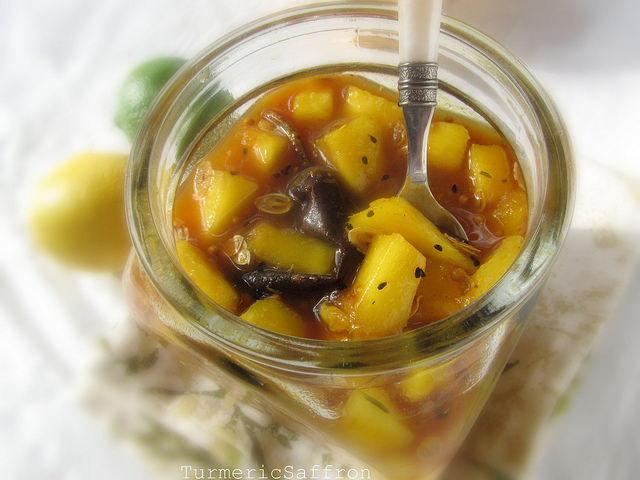Ingredients:
Serves 4-6
1 cup lentils, rinsed
3 medium-sized beets, cubed
A small bunch of beet greens, chopped
1 bunch fresh dill, washed and chopped
1 large onion, thinly sliced
1 (14-ounce) can chicken broth or vegetable broth *optional
2 tablespoons vinegar or pomegranate molasses
1/2 teaspoon turmeric
Salt and pepper to taste
1 (14-ounce) can chicken broth or vegetable broth *optional
2 tablespoons vinegar or pomegranate molasses
1/2 teaspoon turmeric
Salt and pepper to taste
Vegetable oil
Dumplings:
1/2 cup flour
Pinch of salt
Water (lukewarm) as needed
You may substitute dumplings with small pasta shapes.
Method:
Enjoy! Wish you all a very happy, healthy, prosperous and glorious New Year!
Love, Peace and Blessings!
Dumplings:
1/2 cup flour
Pinch of salt
Water (lukewarm) as needed
You may substitute dumplings with small pasta shapes.
Method:
- Combine the flour and salt, add water little by little, one tablespoon at a time, and mix well. Add more flour and water as needed until a soft dough forms. Make small size balls out of the flour dough. Set aside.
- Heat 3 tablespoons of oil in a stockpot on medium heat. Saute onions until tender, add turmeric, stir.
- Add 4-5 cups of water and a can of chicken broth, bring to a boil, add beets, add lentils, lower the heat, cover and cook for 50 minutes.
- Add the vegetables and salt and pepper. Gently place the dumplings into the shoorba. Add more water if necessary. Cook for another 15 minutes.
- Add 2 tablespoons of vinegar during the last ten minutes of simmering.
Enjoy! Wish you all a very happy, healthy, prosperous and glorious New Year!
Love, Peace and Blessings!














